What is a solar patio light
Solar patio lights are solar powered light fixtures that serve both utilitarian and decorative purposes. This type of installation creates general ambient light for backyard entertaining, transforms the outdoor space into an inspired nightscape, and produces a greater sense of security and assist orientation. A patio is a paved area adjacent to a dwelling and is used for outdoor lounging or recreation. Well-designed patio lighting will reinforce aesthetic appeal and add value to your rear property.
Enjoy mounting freedom and energy savings
Solar patio lights bring an artistic sensitivity to the layout of patios while providing ease of installation by eliminating the need for external wiring. Not only these light fixtures provide convenience in otherwise dark or inaccessible locations that are beyond the affordable reach of electric power service, the significant cost savings of operating solar patio lights compared to the high cost of conventional electricity translate to a significantly shorter payback time.
Types of solar patio lights
There is a selection of light fixtures available to serve patio lighting needs. Solar wall lights utilize a wide array of techniques such as, floodlighting, grazing, wall washing and silhouetting or shadowing to illuminate stairs or pathways adjacent to the house, and aesthetically accentuate the architectural details such as fine stone or wood work. A solar powered downlight which can be strapped to a tree branch or suspended from a brass hook or bracket to provide general illumination for a seating area or feature below. Drape solar string lights above outdoor seating areas to create a cheerful atmosphere for holiday gatherings, get-togethers, or festivals. Solar spot lights command the viewer to take note of a certain subject within the landscape. Solar path lights are low, capped fixtures that reflect light from under their tops to complement the desired look of the backyard.
System components
A solar patio light in a self-contained configuration consists a solar module, a charge controller, a rechargeable battery, and one or more LED lamps/modules (LED assembly). The LED assembly operates on the direct current (DC) power discharged from the battery. The charge controller regulates the charge current to the deep cycle battery to prevent the battery from being over/under charged by the solar array. The charge controller must also monitor the load connected to the battery to ensure that the connected load don’t overdischarge the battery.
Battery
The battery autonomy depends on the capacity of the battery and the depth of discharge (DoD). The batteries can be selected based on their cell voltage, energy density, deep cycle performance, self-discharge rate, tolerance to high temperatures, charging efficiency, and cycle life. Lithium-ion batteries are more commonly used in integrated solar lights despite their high costs and high risk of thermal runaways.

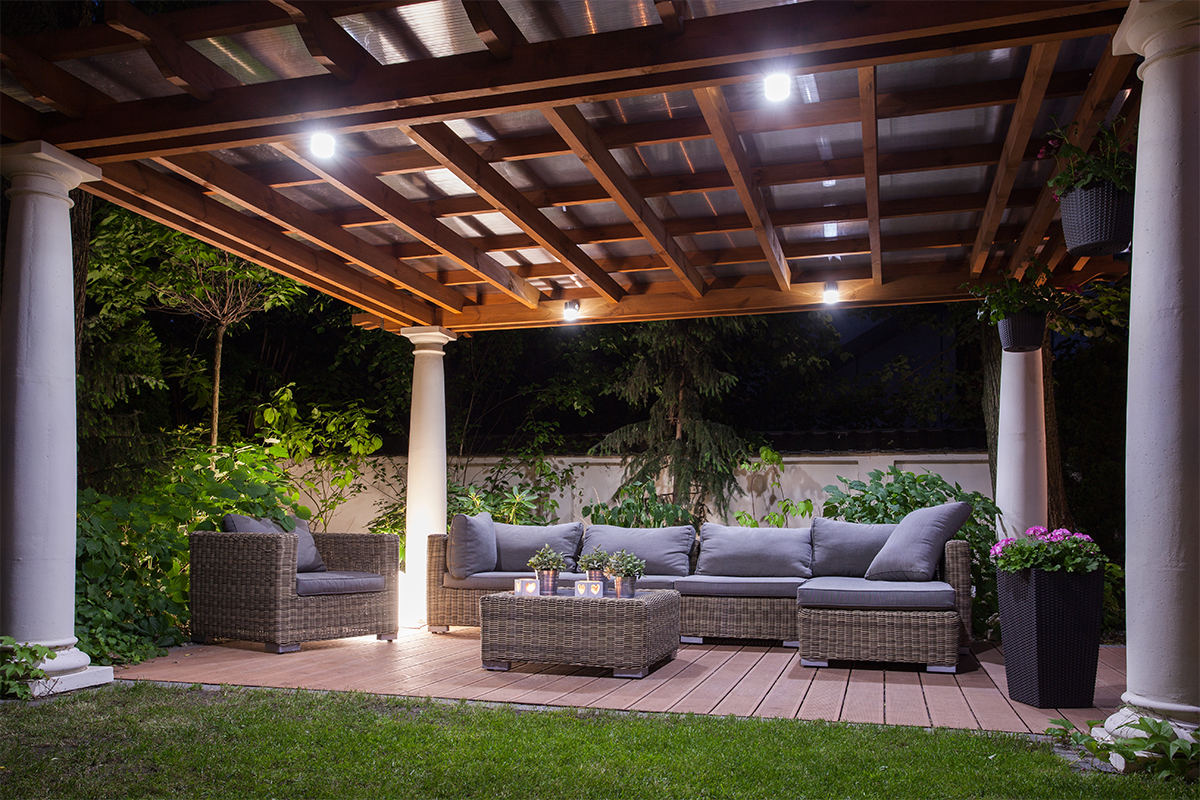

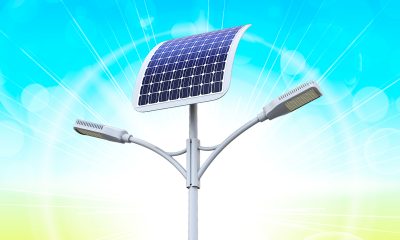
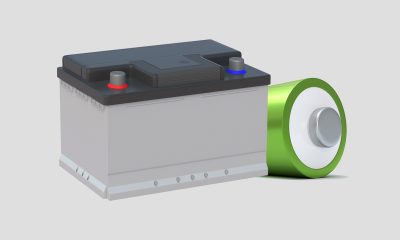




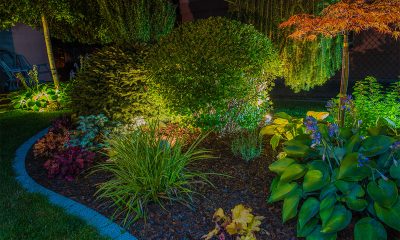
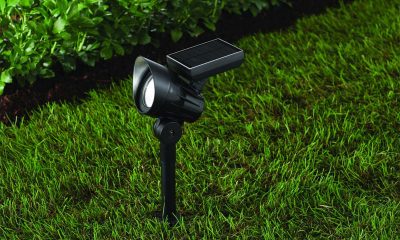
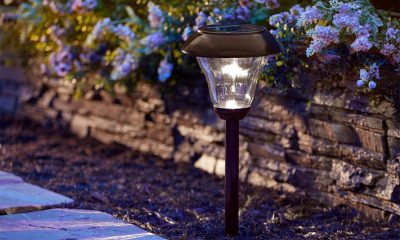
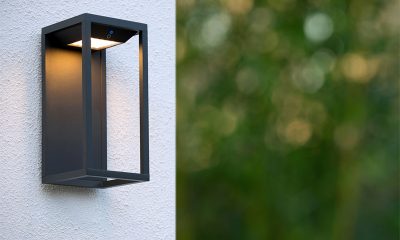
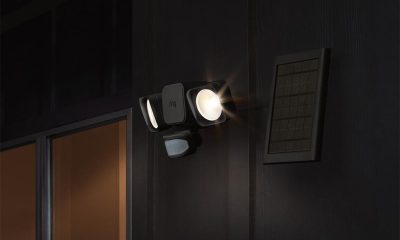





Loading...